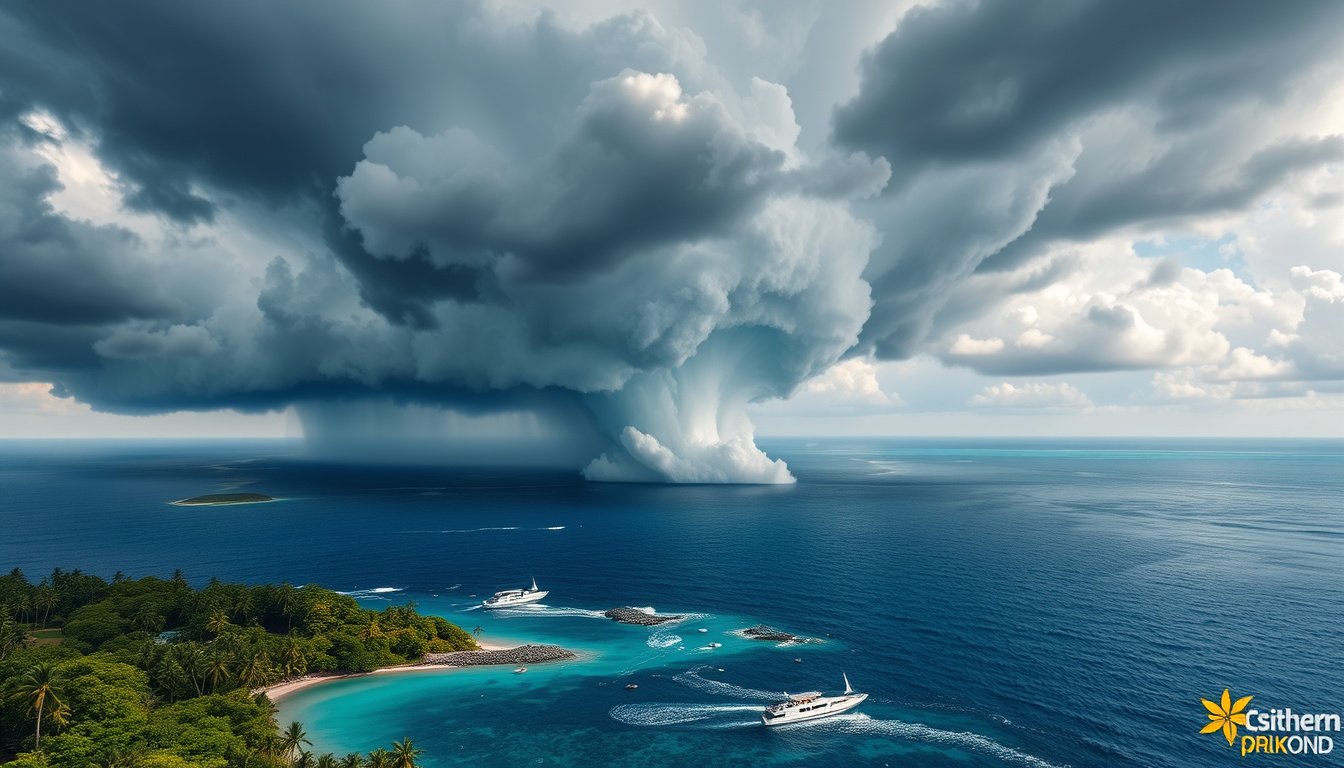If you’re looking to witness a dazzling celestial event tonight, the Delta Aquariids meteor shower offers a spectacular show in the night sky. Peaking on the night of July 29-30, this meteor shower promises an impressive display of shooting stars—perfect for stargazers and casual observers alike.
What is the Delta Aquariids Meteor Shower?
The Delta Aquariids are a strong meteor shower active from July 18 through August 12 each year. Although they don’t shine as brightly as some other showers, they produce a steady stream of meteors, with observers typically seeing between 10 to 20 meteors per hour around the peak night. These shooting stars appear to radiate from the constellation Aquarius, hence the name.
When and Where to Watch Tonight
The best viewing window for the Delta Aquariids is after dark, preferably after midnight when the skies are darkest and the radiant point is higher above the horizon. To maximize your experience, find a dark location away from city lights—parks, rural areas, or even your backyard if light pollution is minimal will work well. No special equipment like telescopes or binoculars are needed; simply lie back and enjoy the spectacle with your eyes.
Don’t Miss the Double Feature: Alpha Capricornids Peak Tonight Too
Adding to the excitement, the Alpha Capricornids meteor shower also peaks on the same night. Though not prolific in meteor counts, this shower is famous for producing bright, slow-moving fireballs that can leave a lasting impression. Like the Delta Aquariids, the Alpha Capricornids can be seen from both hemispheres, making tonight’s sky a rare occasion to catch two meteor showers at their peak simultaneously.
Other Meteor Activity This Week
While it won’t peak until mid-August, the famous Perseid meteor shower is already active and contributing sporadic shooting stars to the night sky. The Perseids are known for their high meteor rates, potentially reaching 50-75 meteors per hour at their peak. Stargazers can look forward to an even more stunning display in about two weeks, coinciding with the August full moon, also known as the Sturgeon Moon.
Helpful Tips for Meteor Watching Tonight
- Check the Weather: Clear skies are essential. Cloud cover can obscure the meteors, so keep an eye on local forecasts.
- Allow Time for Your Eyes to Adjust: Darkness adaptation takes about 20 minutes, so avoid looking at phone screens or bright lights before watching.
- Bring Comfort Items: A reclining lawn chair, warm blankets, and snacks can make your meteor-watching experience more enjoyable.
- Be Patient: Meteor showers vary in intensity throughout the night. Give yourself at least an hour outside for the best chance to see multiple meteors.
Why Is This Meteor Shower Special?
Though the Delta Aquariids don’t boast the dazzling volume of the Perseids, their dual peak with the Alpha Capricornids creates an exceptional night for sky watchers. This rare overlap means the sky could be streaked with meteors from multiple showers, enhancing your viewing experience significantly.
Looking Ahead
Mark your calendar for the August 12-13 Perseid peak, but meanwhile, tonight offers a wonderful opportunity to enjoy the Delta Aquariids and Alpha Capricornids in all their glory. The next full moon, the Sturgeon Moon, will rise on August 9, potentially washing out some of the later showers’ visibility, making tonight’s darker skies even more precious.
Whether you’re a seasoned astronomer or a casual sky-watcher, tonight’s Delta Aquariids meteor shower provides an accessible and enthralling chance to connect with the universe. Head outside after dark, look up, and catch the spectacle of nature’s own fireworks show blazing overhead.










